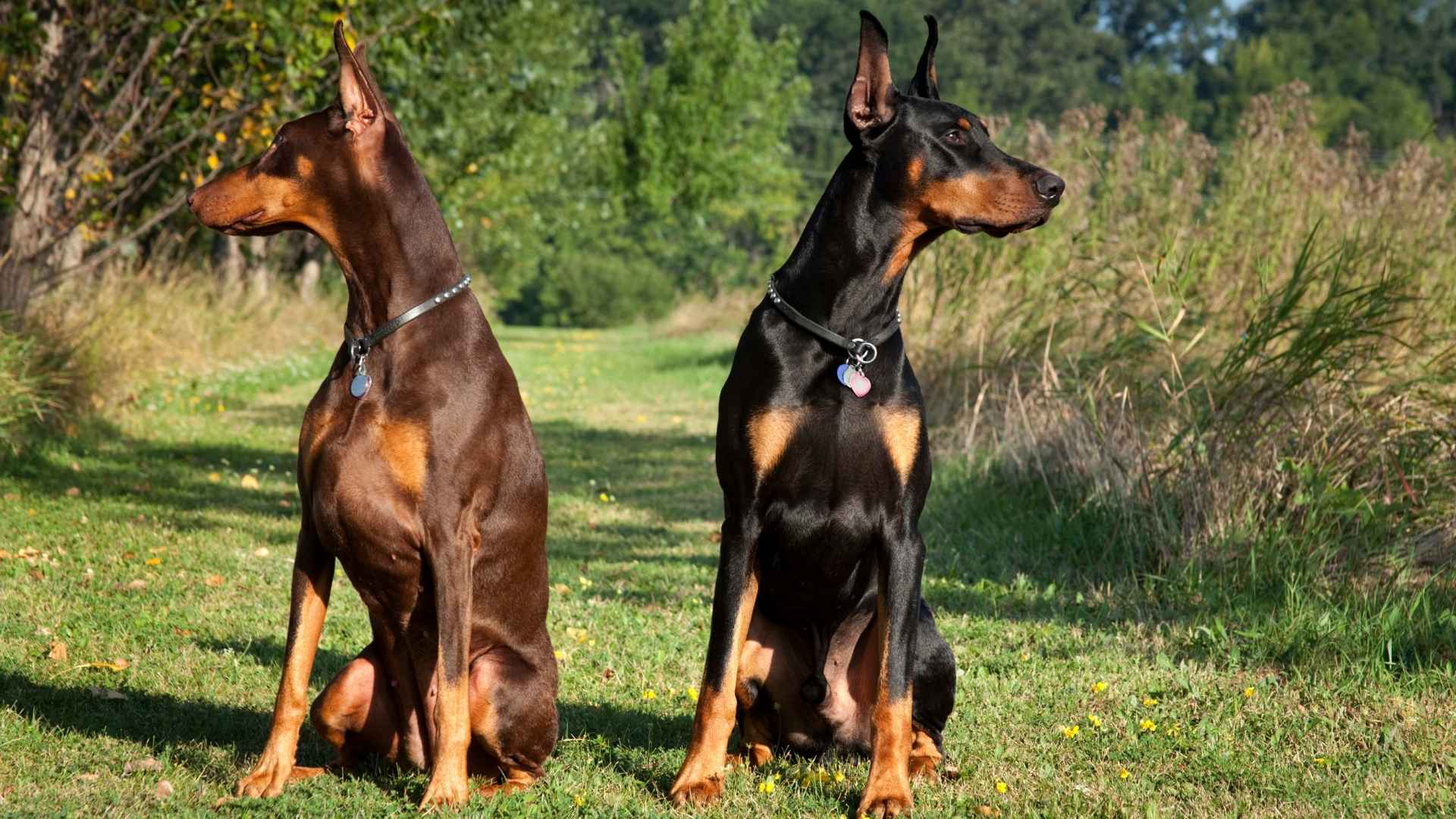Imagine a security system that thinks for itself. One who knows the difference between the pizza delivery guy and an actual threat. One that can follow your children to the bus stop, patrol your property lines, and curl up at your feet when the day ends.
Working guard dogs bring something no camera or motion sensor ever could – judgment, courage, and unconditional loyalty. While technology fails during power outages, these watchful companions remain ever-vigilant.
Their muscled bodies and sharp minds represent thousands of years of careful development, resulting in the perfect blend of family friend and fearless protector.
Before buying expensive security equipment, consider the living shield that doubles as your best canine. This properly trained guardian deters trouble with a single bark and backs it up with unwavering courage.
Working Guard Dog Breeds
1. Akita
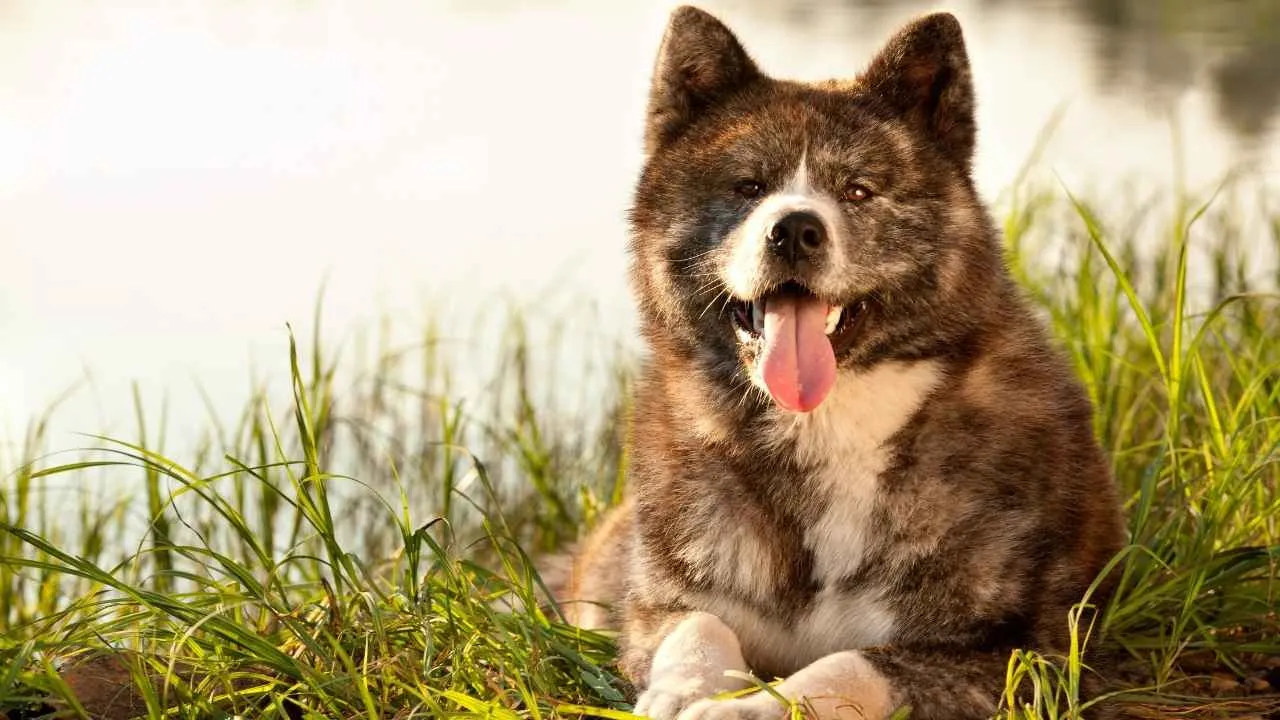
Akitas aren’t barky or attention-seeking — they observe first, then act. They’re naturally suspicious of strangers, which makes them excellent guard dogs in homes where quiet strength is valued. This breed doesn’t alert for no reason — when they do, it’s worth listening.
History Meets Purpose
Akitas were originally bred in Japan to protect royalty and hunt large game like wild boar and even bears. That background gives them confidence and a self-assured nature.
They don’t need constant commands; they assess situations independently, which can be both impressive and challenging for first-time owners.
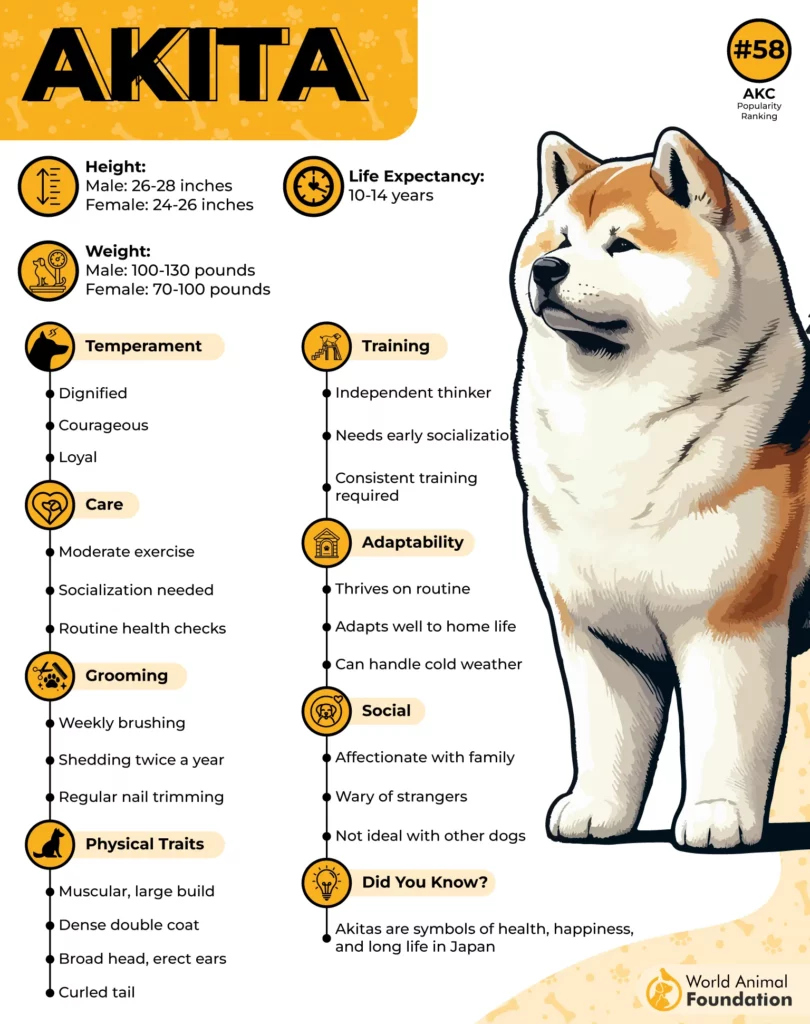
Not a Dog for Every Home
This isn’t a breed that tolerates chaos or inconsistency. Akitas are best for experienced handlers who can establish structure and set clear expectations.
Socialization from a young age is non-negotiable, especially to manage their territorial instincts and prevent aggression toward unfamiliar people or animals.
A Balance Between Guard and Family
Despite their serious presence, Akitas can bond deeply with their humans. In the right environment, they become fiercely loyal family pets, often forming a close connection with one particular person. But don’t expect them to be outgoing — that’s just not who they are.
Best for Calm, Confident Owners
Akitas are naturally suited as protection dogs, but their independence and intensity require someone who respects their intelligence and can lead with quiet authority. They won’t follow just anyone. But when did they choose you? They protect for life.
2. Bullmastiff
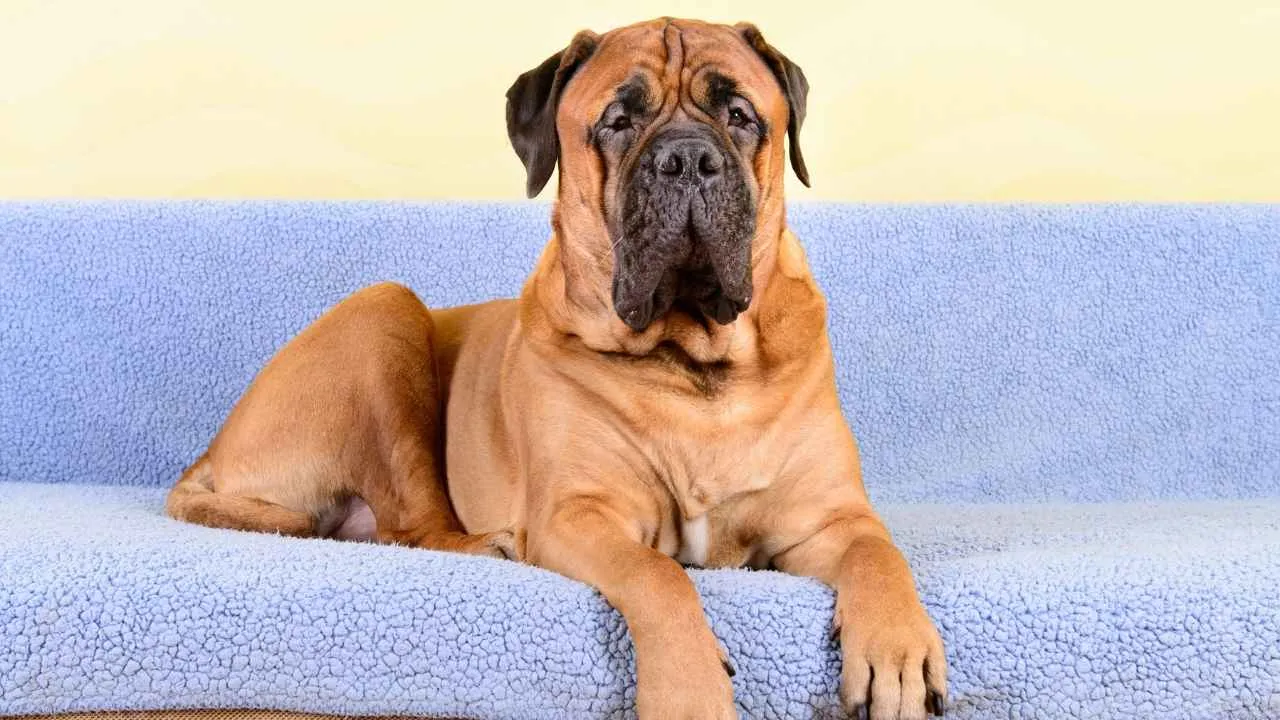
Bullmastiffs are known for their silent strength. They don’t bark much — they act when necessary. With strong protective instincts, they react swiftly when someone unfamiliar enters their territory. Their approach is to block, hold, and protect, not attack without cause.
A Breed Designed for Guarding
Originally developed in England to guard estates from poachers, Bullmastiffs were bred to be stealthy, powerful, and reliable.
Their presence alone deters threats, but their instinct to control a situation rather than escalate it is what sets them apart in personal protection roles.
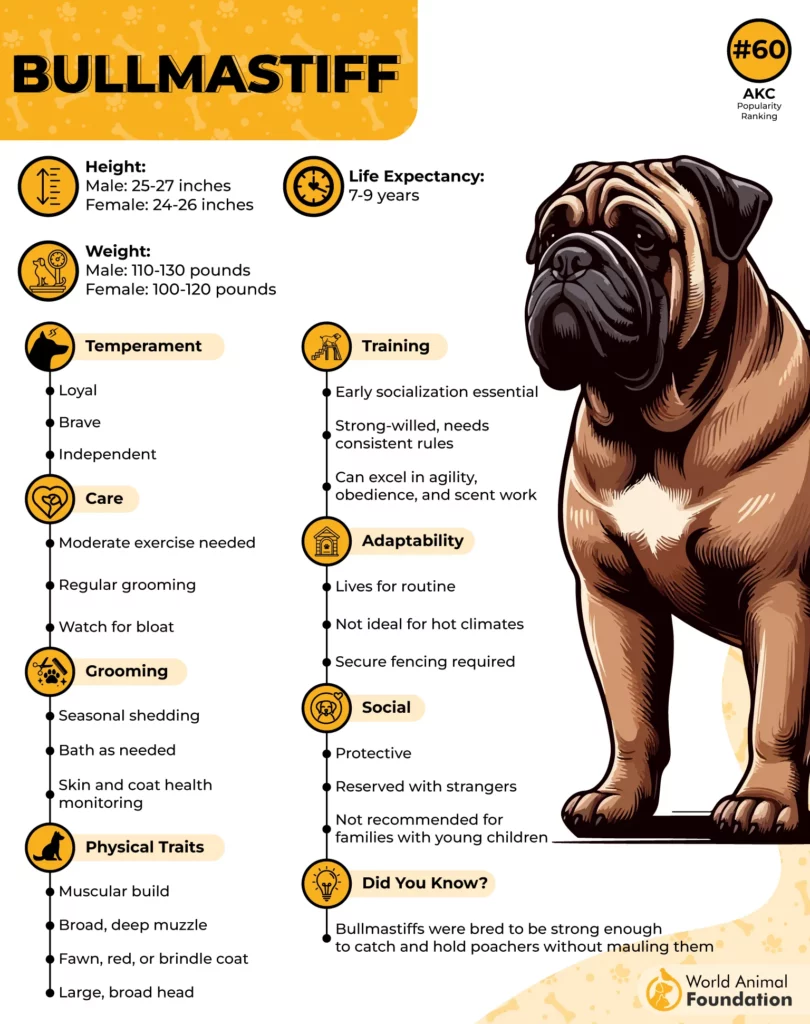
Training is a Must, Not a Maybe
This is not a breed for passive ownership. Guard dog training is essential to shape their natural instincts and teach them to read situations correctly.
Alongside that, basic obedience training must start early to establish control and respect. Their strength can overwhelm an inexperienced handler if not properly managed.
Big Build, Even Bigger Loyalty
As large dogs, Bullmastiffs can weigh over 130 pounds. But with their family, they’re surprisingly gentle, even affectionate, according to the AKC. They thrive in calm homes where they can bond closely with their people, but don’t expect them to be playful or eager to make new friends outside that circle.
3. Doberman Pinscher
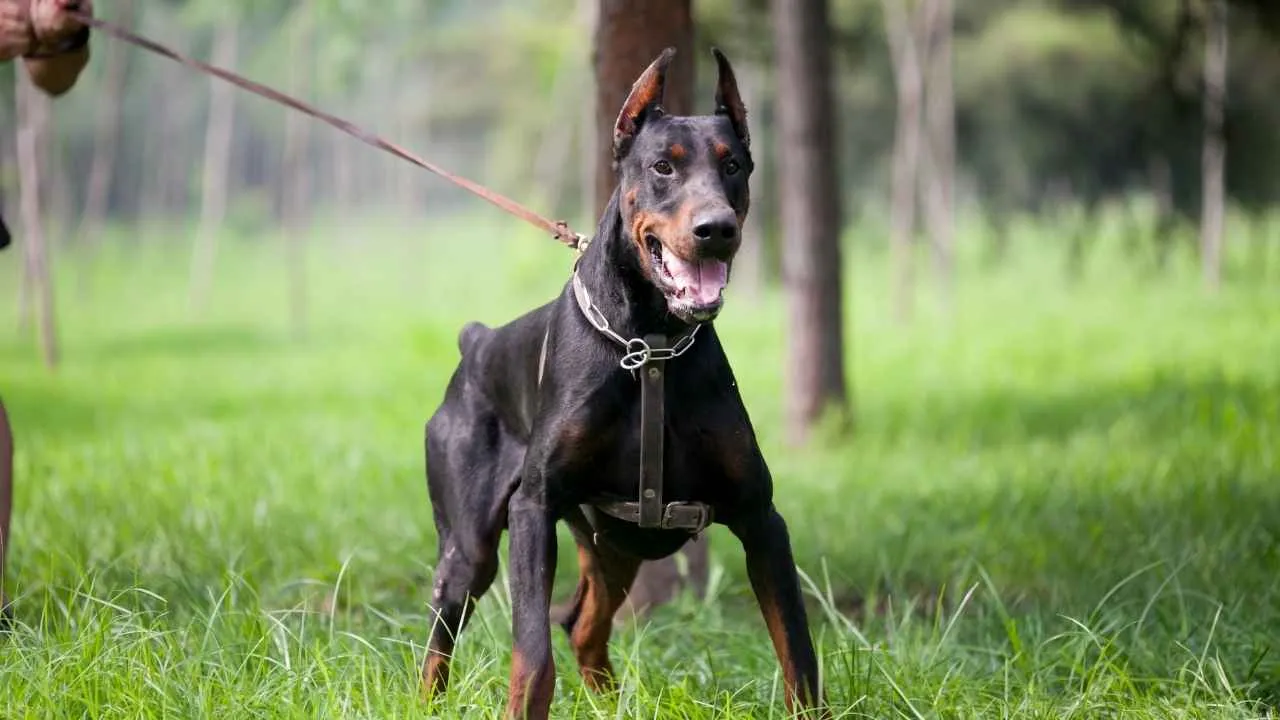
Few breeds match the Doberman’s mix of speed, focus, and decision-making. They react in seconds, making them an effective guard dog for homes needing a responsive and intelligent protector. They’re wired to notice the smallest changes, a sound, a movement, an unfamiliar presence.
Born with Purpose
The Doberman wasn’t just bred to look intimidating; every part of it was designed with function in mind. As a large-sized dog, their sleek build and muscular frame allow them to move quickly without losing control. Created by a tax collector in Germany for personal security, their natural suspicion of strangers still holds today.
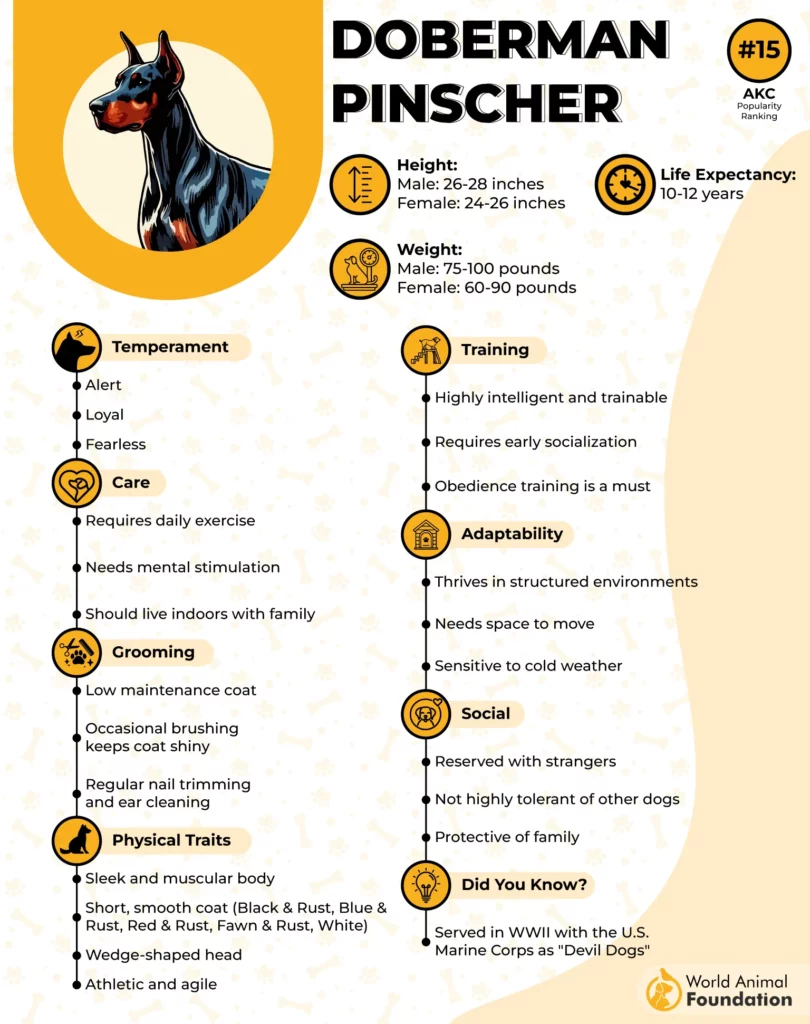
Mental Stimulation is Non-Negotiable
This isn’t a breed that just needs physical activity, they crave mental work. Without it, they become restless or even destructive. That’s why proper training isn’t just useful — it’s absolutely essential. They thrive when given a job to do, a routine to follow, and a leader they respect.
Not for Laid-Back Owners
Dobermans don’t respond well to inconsistent handling. They need structure, firm boundaries, and daily engagement. They’re intensely loyal to their owners, but aloof or even standoffish with others, which is exactly what many want in a working protection dog, as written in Britannica.
4. Rottweiler
Originally used to drive cattle and pull carts for butchers in Germany, Rottweilers are incredibly powerful and task-oriented.
But their guarding instinct goes far beyond muscle — they’re constantly reading their environment, looking for anything that feels “off.” This makes them great guard dogs, especially when raised in homes where expectations are clear.
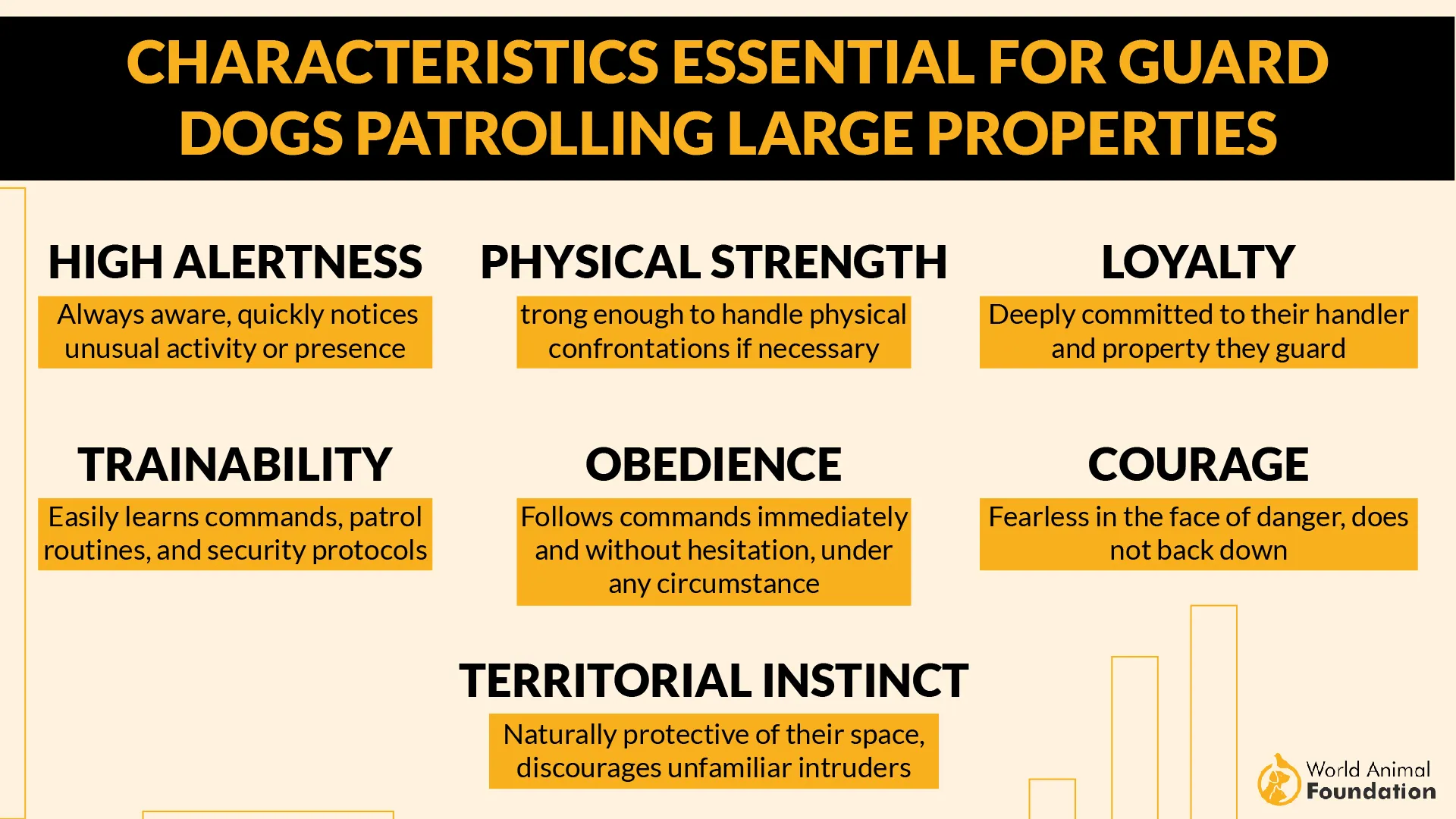
Structure Starts Young
The groundwork begins as a puppy. Early socialization, boundary-setting, and supervised exposure to different environments are critical.
If you wait too long, you’re not training a blank slate — you’re trying to reshape a strong-willed mind. Without proper structure from the start, their confidence can tip into dominance.
Mental and Physical Demands
You can’t skip exercise with this breed. They need physical outlets for their strength, not just long walks, but purpose-driven activities like tracking, pulling, or obedience drills. Just as important is mental work: structured play, problem-solving, and consistent leadership.
5. Tibetan Mastiff
This isn’t your typical household guardian. Tibetan Mastiffs were originally developed by nomadic tribes in the Himalayas to protect livestock from wolves, snow leopards, and even bears.
That job shaped everything about them, from their dense coat to their deep bark to their sharp territorial instincts.
Instinct-Driven and Deeply Selective
Unlike breeds that seek approval, Tibetan Mastiffs make their own calls. Their protective nature is wired in, and they don’t need prompting to guard.
But this also means they don’t blindly follow; they assess and act only when they feel it’s justified. And they rarely back down once they’ve made up their mind.
Not for First-Time Owners
Tibetan Mastiffs are extremely intelligent, but also famously stubborn. Traditional obedience methods don’t always click with them.
You need to understand canine psychology and respect their independence to bring out their best; forceful training will only push them away.
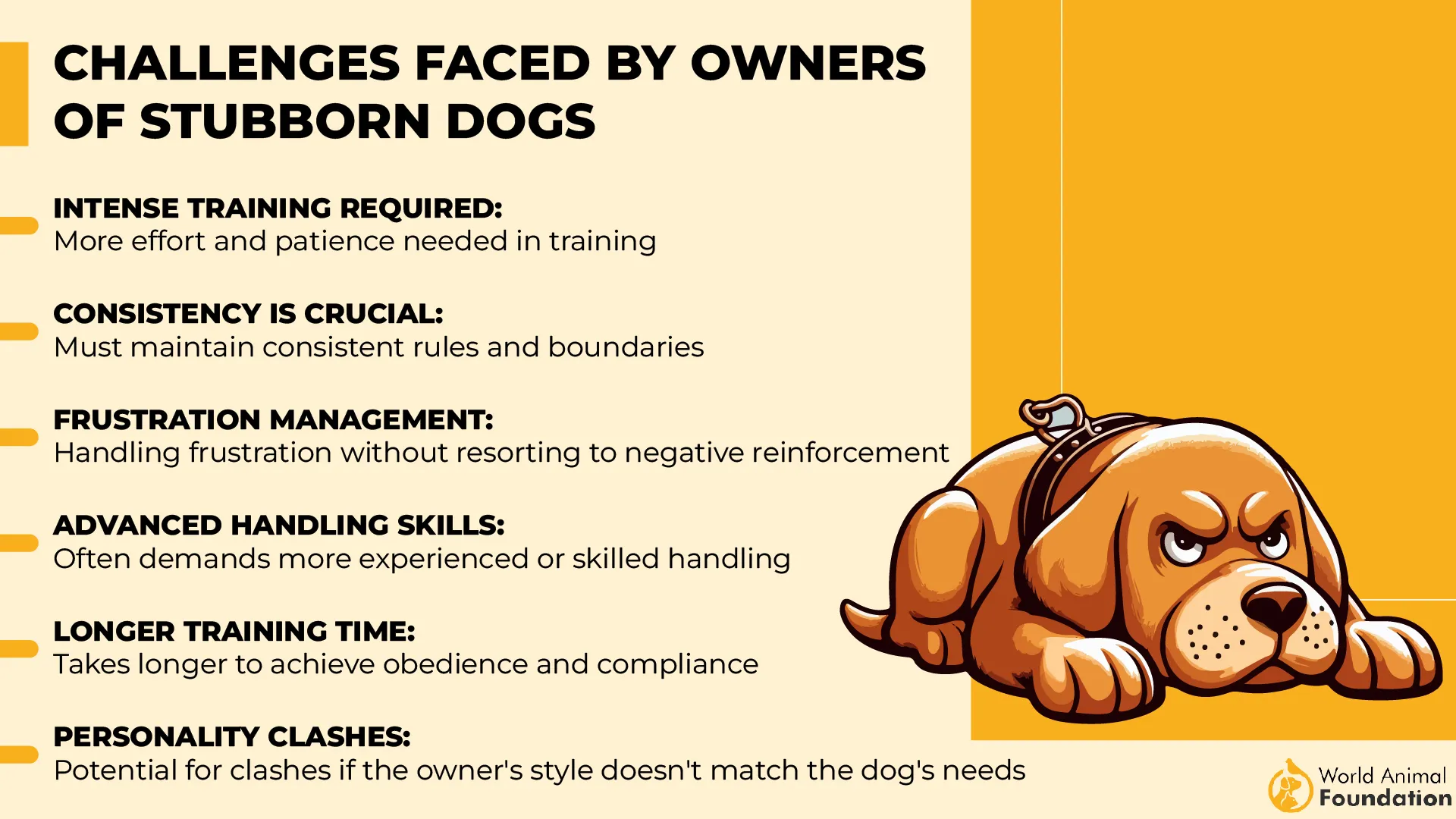
One-Family Devotion
As a large breed with strong instincts, their loyalty doesn’t come quickly, but once it’s earned, it’s permanent. Tibetan Mastiffs are extremely loyal to their family and highly distrustful of strangers. They won’t warm up to visitors or tolerate unfamiliar dogs in their space without clear leadership.
6. Cane Corso
The Cane Corso isn’t just a guardian by instinct — it’s in their DNA. Descended from Roman war dogs, they were historically used to charge into battle and later to hunt wild boar and defend property.
Every part of their build, from their muscular frame to their calculating gaze, reflects their working lineage.
Guarding is in Their Bones
For a Cane Corso, protection isn’t a reaction; it’s their sole purpose in the household. They patrol the perimeter, observe silently, and respond with zero hesitation when they perceive danger.
This makes them one of the best guard breeds for experienced handlers who understand structure and control.
Power That Requires Leadership
Corsi doesn’t bluff. They weigh potential threats carefully, and when they act, they commit fully. That’s why early socialization, strict boundaries, and a calm, confident owner are absolutely non-negotiable. Without it, their protective drive can become overbearing or dangerously misdirected.
For Owners Who Can Match Their Intensity
This breed thrives under firm but fair guidance. They don’t need affection constantly — they need direction. If you’re prepared to give consistent training and leadership, they’ll respect you deeply and become a fiercely loyal, incredibly grounded companion.
A Cane Corso may not be outwardly affectionate with strangers, but their bond with its family runs deep.
7. Komondor
Originally developed to guard livestock alone in the fields of Hungary, this breed was expected to identify threats, make decisions, and act, all without human input. That instinct still runs deep today.
Unique Look, Serious Purpose
Its famous corded coat isn’t just for show, it’s a natural defense against bites and harsh weather, as highlighted by Showsight Magazine. While many admire the dreadlock-like appearance, managing that coat is a full-time responsibility.
Neglect invites matting, skin infections, and discomfort. Regular separating of cords and diligent drying after baths are musts.
Not Your Average Companion Dog
The Komondor is not social by default. Aloof with strangers and wary of anything unfamiliar, this breed requires focused socialization early on to avoid overreactive behavior.
Even then, don’t expect them to welcome guests; their mindset is more bodyguard than buddy.
Independence That Challenges Owners
They’re not eager to please, and that’s not a flaw; it’s design. Training a Komondor takes patience, firmness, and respect. Harsh methods break trust. Consistency builds it. Without leadership, they will take charge, and you may not like how.
Conclusion
Finding the right dog for protection means looking beyond just size or a loud bark. It means matching your lifestyle with a working dog that fits your specific needs. These powerful breeds need early training to channel their protective instincts properly.
Starting at an early age helps them distinguish between real threats and normal situations. While other breeds might make easier pets, these guardians offer something special—security backed by instinct and ability.
With proper guidance, these protectors become more than just security; they become loving companions who share your life. Their strong sense of loyalty means they’ll stand by your family through anything.
Remember that while all seven options are highly trainable, each responds differently to specific threats. The perfect guardian isn’t just any impressive-looking dog, it’s the one whose natural abilities align with your unique situation and expectations.


